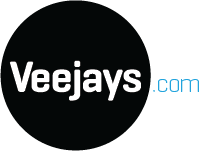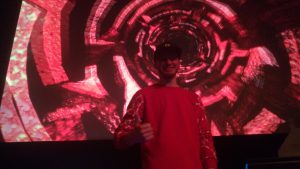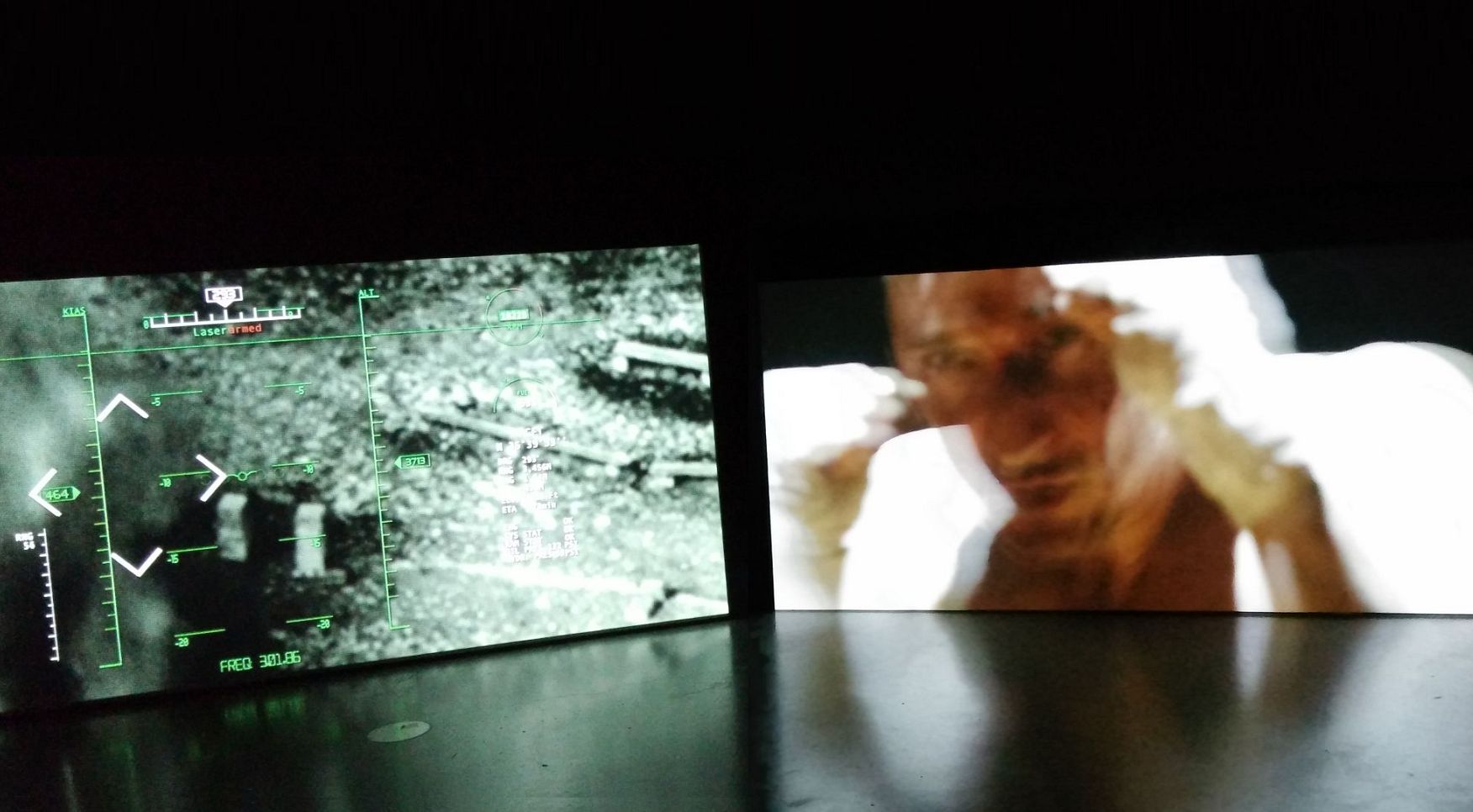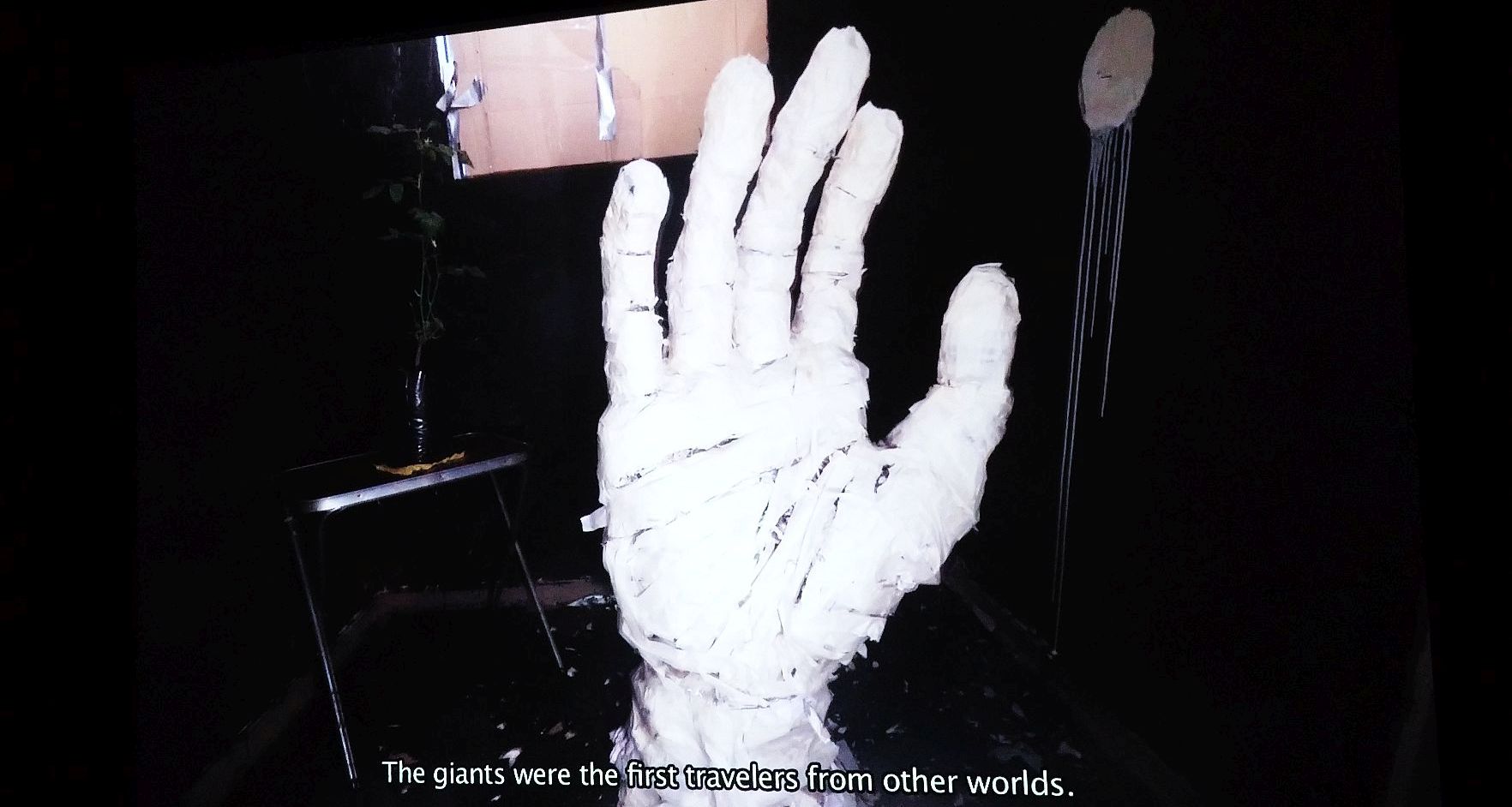Last saturday the Research Labs were back in the Eye Museum. Students from different academies were asked to create a program of their own work and films from the Eye collections. Our VjAcademy students were there and presented their work!
VJ-ing has always been about augmenting how we experience reality by adding virtual video layers. This year, VjAcademy students Eva and Bram further explored two of the the newer techniques to seamlessly merge real and virtual, using film. We ended with an exciting interactive masterclass for all participants of research lab in live editing/live montage.
Throwback to Janskerkhof 16 – Eva Ve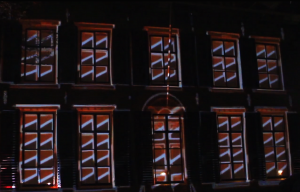 rhoef
rhoef
Virtual/augmented realities come into play when way may be missing something in everyday reality. For example: people and cultures long gone. Cinema has a long tradition bringing back historical panorama’s (Potemkin, Cleopatra, Ben Hur, the list is endless). In this project, Eva Verhoef projected the history of past inhabitants of Utrecht right onto the present day building. She used the technique of 3D projection mapping, where the spatial geometry of buildings and software calculations were used to transform video imagery in such a way to create powerful optical illusions.
So welcome to Holland’s Golden Age, where frugal Dutch entrepreneurs and nobles build houses like castles. To the envy of even the French, who attack the city of Utrecht. The drama culminated in the legendary storm of 1674. Eva started working on this project with fellow students and with aid of LiGHT-up collective and HKU, and had a 3D scale model and further explored this unique branch of outdoor cinema at Research Lab
Close Dancing – Bram de Bree
The second take on augmented reality came from Bram de Bree. Stage arts such as dance performances necessarily create a distance between audience and performers. They both need space, and therefore they can’t be too close, physically. Too bad, because much of the nuance of the dance is lost this way. Cinema solves this with closeups, and multiple camera angles. Yet now we lose the experience of being in the same space as the dancers. Bram combined the best of both worlds in this VR dance performance (building on his previous work for the AKI finals in Enschede). To help you distinguish between reel and unreel, the dancers are … not quite human.
Mapping on a mini Eye
Bram created a maquette of the Eye Museum specially for Research Labs. This maquette was created by making a 3D model and Bram printed this together with Cre8. Bram and the other students, Jeroen and Elcke, created visuals that would fit the exact sufaces of the maquette. You can see the result here:
On behalf of VjAcademy and with the help of Mike, they shared techniques of live editing/sfx in an interactive masterclass, using clips from the festival’s footage. VJing is usually done in clubs, to music, so as an experiment we remixed the best of Research lab 2019 together to the best known music scores of film history.
More info: https://www.eyefilm.nl/film/eye-on-art-research-labs-vj-academy-spacechangers
Credits for our VjAcademy students, Anna Dabrowska and Anna Abrahams (Eye), Cre8 (3D model Eye) en het LiGHT-up collective.
